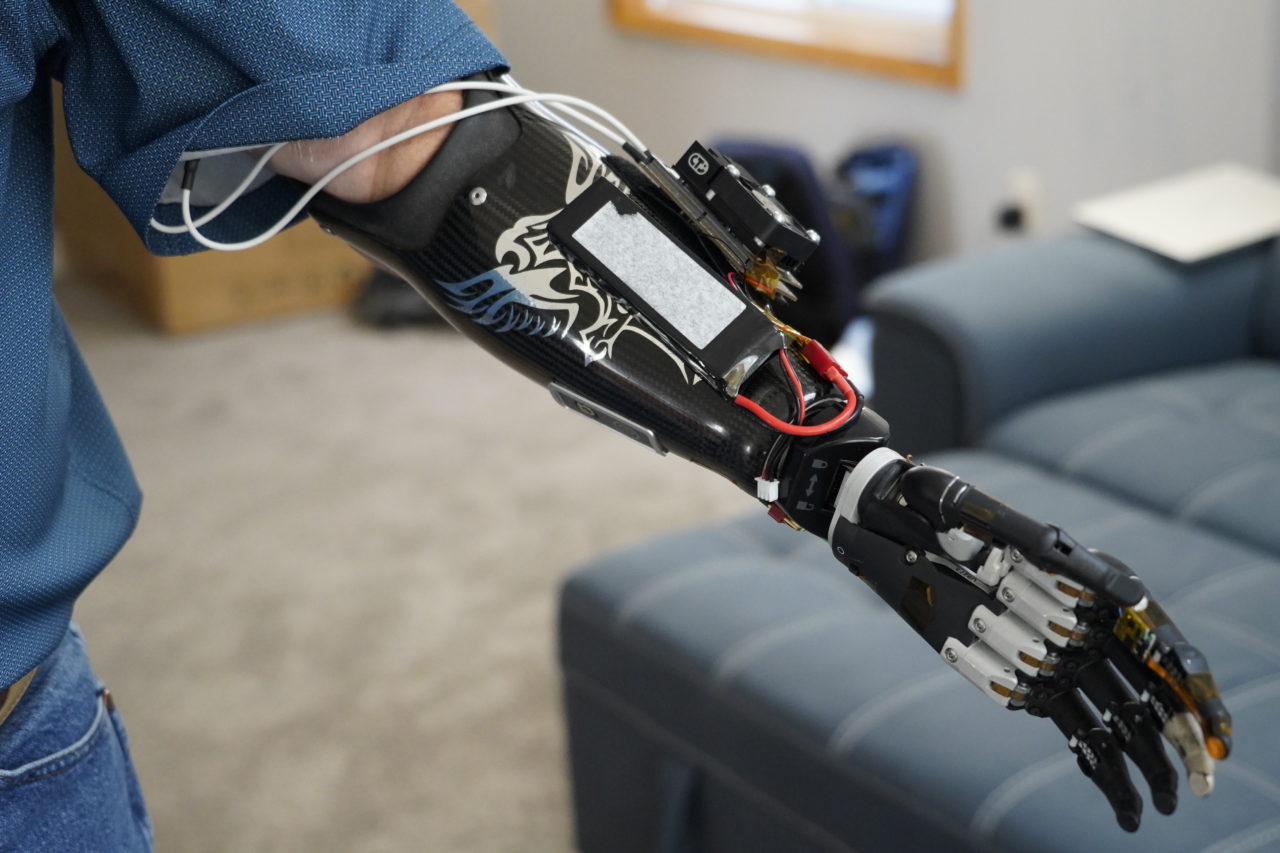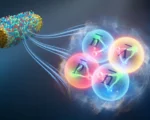Revolutionizing Bionic Limb Integration: Advances in Amputee Mobility
Recent advancements in bionic limb technology are transforming the lives of amputees, bringing us closer to a future where artificial limbs function seamlessly with the human body. A groundbreaking clinical trial has showcased a pioneering method that enhances the integration of bionic prostheses by surgically reconstructing muscle pairs. This innovative approach allows amputees to control robotic limbs through brain signals, significantly improving their ability to navigate obstacles and tackle stairs with greater ease and confidence.
The Anatomics Approach
Unlike traditional prosthetic designs, which often treat the human body as a limiting factor, bioengineer Tyler Clites advocates for an “anatomics” approach. This method seeks to harmonize the body with machinery by reconfiguring muscles, bones, and nerves to establish a more natural communication pathway between the bionic limb and the nervous system. By leveraging biological components, the prostheses can replicate natural movements and enhance proprioception—the body’s ability to sense its position and movement in space. This shift in perspective emphasizes the importance of creating a synergy between human anatomy and technology, fostering a more intuitive user experience.
Agonist-Antagonist Myoneural Interface (AMI)
At the heart of this integration is the agonist-antagonist myoneural interface (AMI) technique. By reconstructing muscle pairs, this innovative method allows users to perceive movements in their prosthetic limb as if they were part of their own body. In a recent trial involving AMI surgery, participants experienced a remarkable 40% increase in walking speed, bringing them closer to the pace of non-amputees. This improvement not only enhances mobility but also boosts the psychological well-being of users, as they can engage more freely in daily activities without the limitations often associated with conventional prosthetics.
Implications for the Future of Prosthetics
The success of the AMI technique and the anatomics approach marks a significant milestone in the field of prosthetics. As researchers continue to refine these methods, the potential for creating bionic limbs that feel and function like natural limbs is becoming a tangible reality. This progress opens the door to further innovations in rehabilitation, making it easier for amputees to adapt to their new prosthetics and regain independence. The implications extend beyond mobility; they challenge societal perceptions of disability, empowering individuals to reclaim their active roles in their communities.
A New Era for Amputees
As bionic limb technology continues to evolve, the focus on integrating these devices with the human body signifies a paradigm shift in prosthetic design. The advancements made through the AMI technique and the anatomics approach underscore the potential for a future where amputees can experience enhanced mobility and a higher quality of life. By bridging the gap between biology and technology, researchers are not only improving physical capabilities but also fostering a renewed sense of hope and possibility for individuals living with limb loss. The journey towards seamless integration is just beginning, but the path ahead is filled with promise and potential.


















